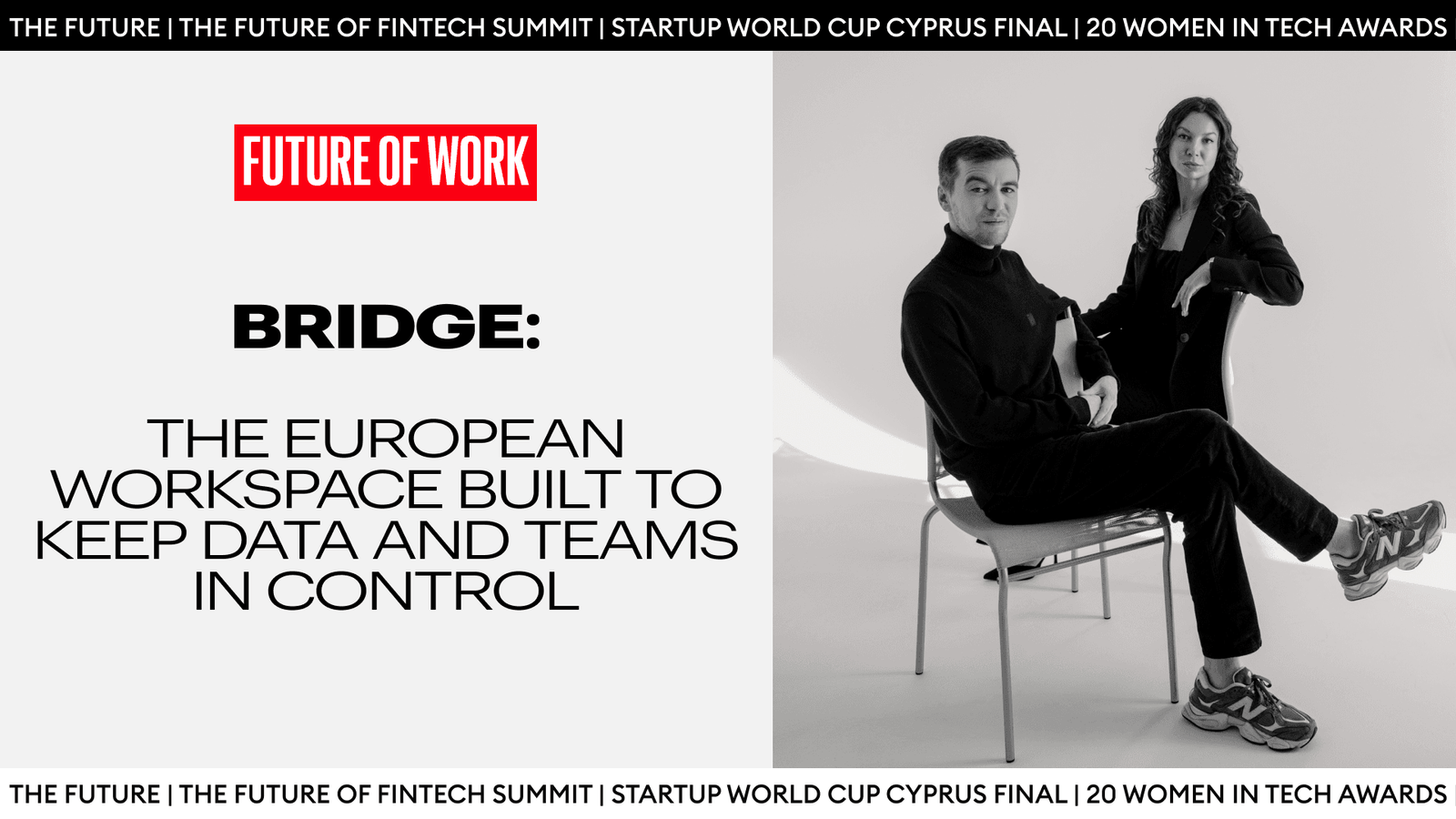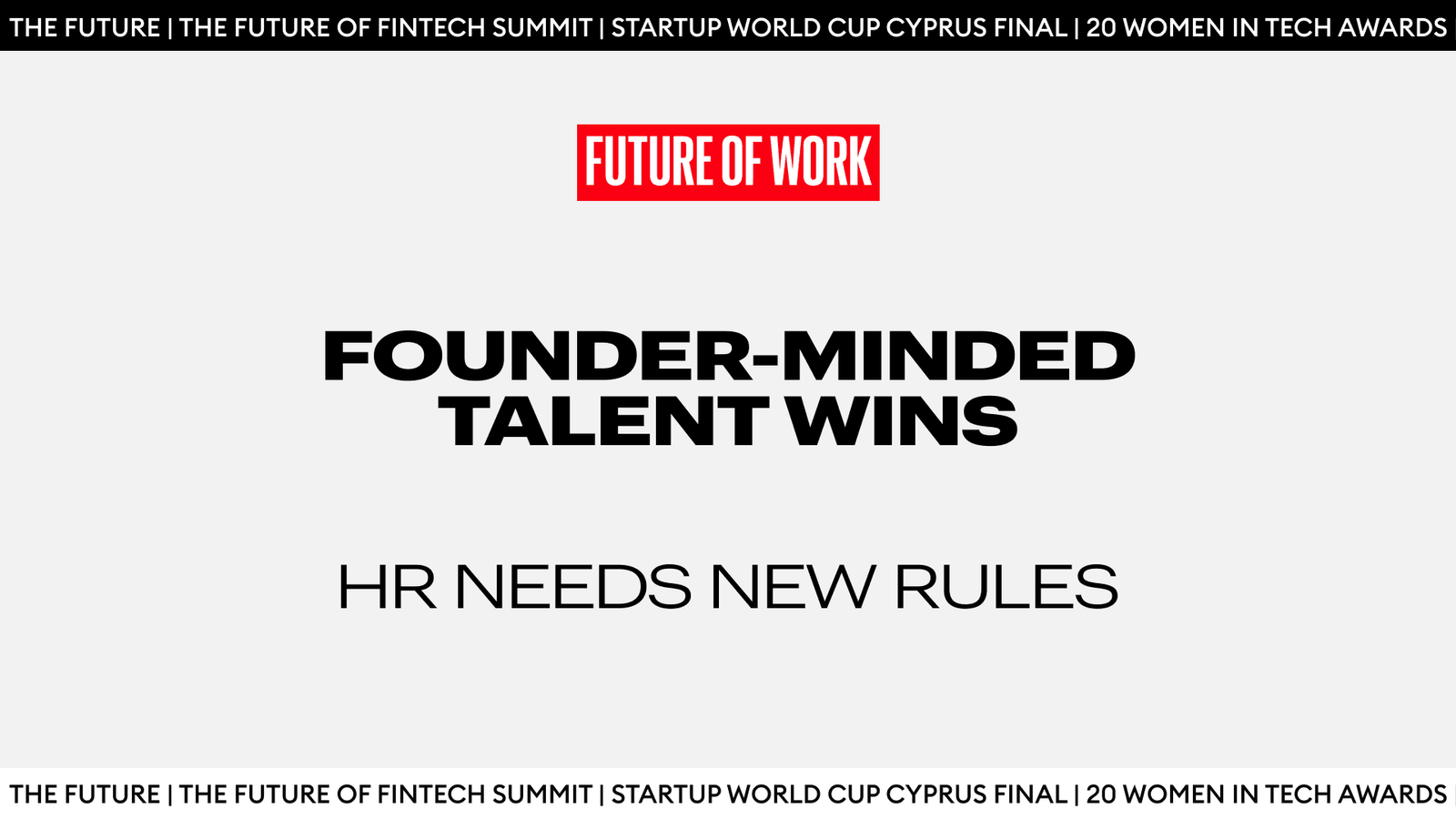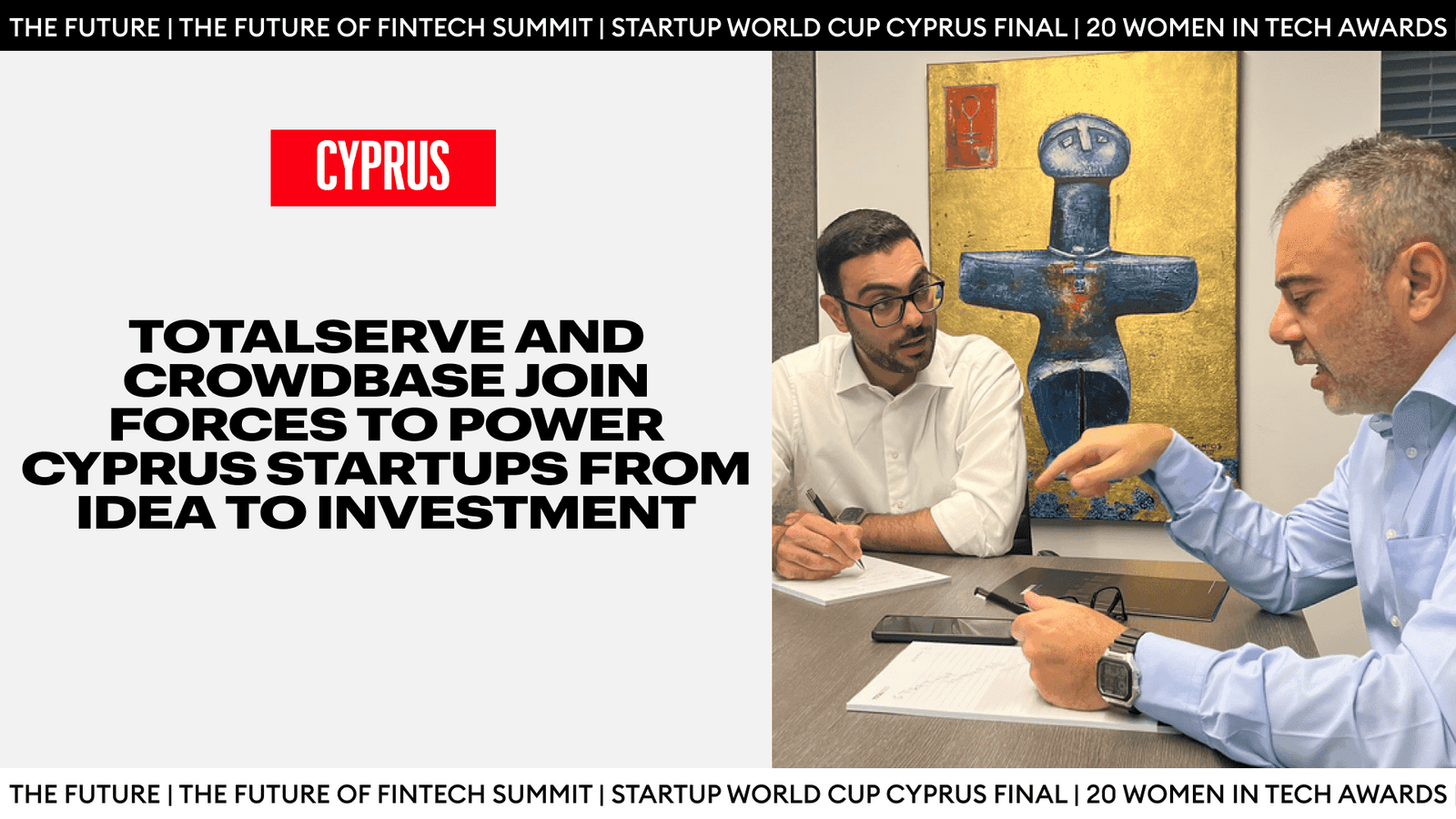According to McKinsey, the typical organization now uses over 12 collaboration platforms, disrupting workflows and productivity. Employees jump between Slack, Teams, Zoom, Notion, Trello, and a half-dozen other tools, resulting in digital exhaustion. For regulated industries like fintech, payments, or pharma, this reliance on U.S.-based cloud services poses more than a usability problem: it’s a sovereignty risk.
It was this double crisis, tool fragmentation and loss of data control, that led Yana Mareva, CEO and co-founder of Bridge, to build a radically different kind of workspace. Together with CTO and co-founder Rinat Shaykhutdinov, she designed an all-in-one, AI-native platform that unifies chat, video, project management, databases, and automation in a single environment, which can be deployed entirely to a company’s own servers.
Follow THE FUTURE on LinkedIn, Facebook, Instagram, X and Telegram
Unlike mainstream alternatives, Bridge doesn’t require businesses to hand their data to third-party clouds. It gives enterprises full ownership of their infrastructure while delivering seamless collaboration and smart automation. In just 18 months, the European-born startup has grown from a two-person team to over 35 engineers and product specialists, already serving clients in high-compliance sectors across Europe and the MENA region.
For Yana, this isn’t just about better software; it’s about redefining what “secure, sovereign collaboration” means in a post-globalized tech era.
In this interview with The Future Media, Yana Mareva explains why the future of work belongs to intelligent, self-contained platforms and how Bridge is positioning itself as Europe’s trusted alternative to Silicon Valley’s giants.
What’s the story that led you into productivity and collaboration, and how much of it comes from your own background and work habits?
Our story began from within the industry itself. My co-founder and CTO of Bridge, Rinat Shaykhutdinov, and I have spent more than 30 years combined working in IT, using different project management and communication systems. Over time, we realized that every tool solved only one piece of the puzzle — but none brought everything together in a seamless, user-friendly way.
The fragmentation of everyday workflows was the trigger. We wanted a single space where work could feel intuitive — where you could mention a client or a task directly in chat, track progress, share documents, and manage projects without constantly switching between interfaces.
At the same time, we started to notice a global shift — a clear trend toward deglobalization and digital sovereignty. More and more organizations, especially in Europe and MENA, want to own their infrastructure and protect their data instead of depending on U.S. cloud providers. Yet very few collaboration tools offered an on-premise deployment option.
That gap was an opportunity. When OpenAI, Anthropic, and other GenAI platforms launched their APIs, we understood that the future would belong to those who could merge AI and secure infrastructure into one ecosystem. That’s when Rinat (Shaykhutdinov) came to this conclusion: to make AI truly useful, it needs its own native environment — a workspace where it can collaborate side by side with humans. That vision became Bridge — a digital space uniting people and AI assistants in one secure, intelligent environment.
What was missing in the productivity and collaboration tools you were using, and when did you first notice it?
What we were missing was coherence and control. Most existing tools were either too fragmented or completely dependent on third-party clouds. For many organizations, that’s not just inconvenient, it’s unacceptable.
We wanted to design something that works as an ecosystem — where conversations, data, documents, and automations all speak the same language and companies could choose how and where their platform lives.
Whether in public cloud or on-premises, the experience had to remain equally smooth and secure.
That’s what Bridge delivers: simplicity, sovereignty, and intelligence in one place.
When did you decide the answer had to be your own platform?
About a year and a half ago, we decided to stop waiting for someone else to build a solution to our own frustration with the market. Bridge started as a team of just two — a CTO and a frontend developer. In only 18 months, we’ve grown our team to over 35 people across development, sales, and marketing.
Even though the idea of creating something on the scale of Slack, Jira, and Google Meet combined was almost unimaginable two years ago, especially as a small team, we knew we had to do it. It had to be our own product; only by building it from the ground up could we design the architecture and experience that teams truly need.
For someone hearing about Bridge for the first time, how would you explain what the platform is and your main mission?
Bridge is an intelligent workspace built for digital sovereignty.
Our mission is to become the #1 platform for team communication, collaboration, and smart process automation, deployable on-premise or in a private cloud.
We focus primarily on enterprise and mid-market customers who, for reasons of security or compliance, cannot rely on U.S. cloud platforms like Slack, Google Meet, or Notion. For smaller teams, we also offer a cloud version that’s cost-effective yet high-margin and scalable.
We believe the era of fragmented SaaS tools is ending. Businesses shouldn’t depend on a dozen disconnected apps, nor should they be forced to hand their sensitive data to external providers.
Why did you choose to build this as a European platform centered on security, trust, and digital sovereignty?
We’re witnessing a massive wave of de-globalization and digital sovereignty. Governments and corporations are increasingly seeking to control their own data infrastructures and reduce dependency on foreign vendors.
Our goal is to become the European alternative to American tech giants, and we’re confident we can achieve that. From day one, we designed Bridge with a fully modular architecture that allows deployment on a client’s own servers. That’s our unique advantage.
It’s not just a secure workspace. It’s an AI-native platform with LLMs deployable on-premise. Companies can host the entire system locally, fine-tune models for their own processes or regional requirements, and operate within a completely secure environment.
Who makes up your core team today, and what does each person bring?
Despite the scale of the product, we remain a compact and highly efficient full-cycle team, including mobile apps, backend, and AI infrastructure. We currently have around 30 talented engineers, designers, and product specialists who are distributed across Europe, united by the same vision.
At Bridge, we believe great technology is always built by great people. We hire for mindset as much as for skill, looking for those who combine deep technical expertise with creativity, discipline, and a shared sense of purpose.
There has been a lot of talk around the saturation of tools and AI fatigue. How does this guide your design choices and priorities?
We see AI fatigue as a signal, not a setback. Many companies are disappointed because they expected magic, but without the right structure, AI can’t deliver real business value.
That’s why we built Bridge as a complete ecosystem rather than a single AI feature. It’s a full software stack: chat, calls, projects, databases, and automations, all connected through one architecture.

Looking ahead, we’re evolving toward a marketplace of digital talent. Developers and tech-savvy users will be able to create and share their own AI agents, while companies can adopt them instantly, with no configuration, no complexity, just results.
How do you decide which AI features are of real value and which ones are just noise?
Unlike many AI-first startups, we never treated AI as the product itself. Even without AI, Bridge stands as a powerful workspace that brings tangible value to organizations.
For us, AI is the “cherry on top,” not the end-all. It is used where it truly amplifies human work: summarizing threads, generating text, assisting in customer support, or helping automate repetitive tasks. Everything else runs on deterministic logic, business rules, and core functionality: messaging, calls, project management, databases, and documents.
How are you able to build a platform this ambitious to tackle a growing problem with a small team?
Today, small teams can achieve incredible things with the right vision and expertise. AI copilots have accelerated development speed dramatically, automating routine work and allowing engineers to focus on architecture and innovation.
The secret is not the tool itself, but the people using it. In the right hands, AI becomes an amplifier of human talent, and our team proves that every day.
What makes a customer choose your cloud versus their own environment?
It depends entirely on their data security requirements. Bridge offers flexibility: public cloud, private cloud, or fully on-premise deployment.
We provide extremely fast implementation, minimal hardware requirements, and complete compliance with data protection standards. For many organizations, the ability to stay independent — even from their infrastructure providers — is not just a preference, but a strategic necessity.
What feedback have you received from early adopters?
Our early adopters consistently describe Bridge as “the first platform that actually simplifies work instead of complicating it.” They appreciate the seamless experience, the feeling that everything, from chats to dashboards, is part of a single, intelligent environment.
Many also highlight how intuitive it feels to integrate AI agents into their daily workflows. Not as an add-on, but as a natural part of their team.
Which industries are showing the strongest interest so far?
We’re seeing particularly strong traction in high-risk verticals — payment providers, operators, and regulated industries where data control and compliance are critical.
We’ve already completed several large deployments for companies in payments and financial services, and we’re in discussions with partners in pharma and fintech. These sectors demand the highest standards of security, and Bridge was built precisely with that in mind.
How do teams create automations and agents in Bridge while keeping humans in control and part of the process?
Human-in-the-loop is at the core of our automation engine. Every agent in Bridge operates through defined “skills,” that is, sets of actions configured by humans.
That creates a bridge between two worlds: the non-deterministic (AI-driven understanding of text, PDFs, or images) and the deterministic (rule-based business processes).
At any stage, teams can insert human approval steps or verification cycles. This ensures full transparency, accountability, and confidence in every automated decision.
What contract can you make to customers about their data that you will not compromise?
We never train our models on customer data, and neither do our AI partners, such as OpenAI. For clients that prioritize absolute data protection, we always recommend the most secure option: hosting Bridge entirely within their own infrastructure.
Our promise to our customers is this: your data stays yours. Always.
What does success look like for Bridge in the next two years?
Our roadmap is ambitious. From a product standpoint, we’re preparing to launch additional modules — HRM and CRM— each with custom AI assistants designed for their domains.
From a brand perspective, our goal is to firmly establish Bridge as a European alternative to Google Workspace, Slack, and Microsoft Teams.
And beyond that, we dream big. One day, you’ll see Bridge sponsoring Formula 1. Whether it happens in two years or five depends only on us, but we’re already racing toward it.









